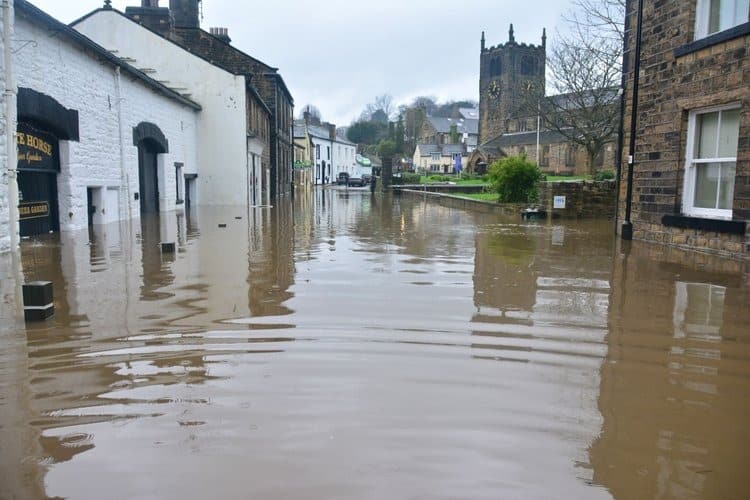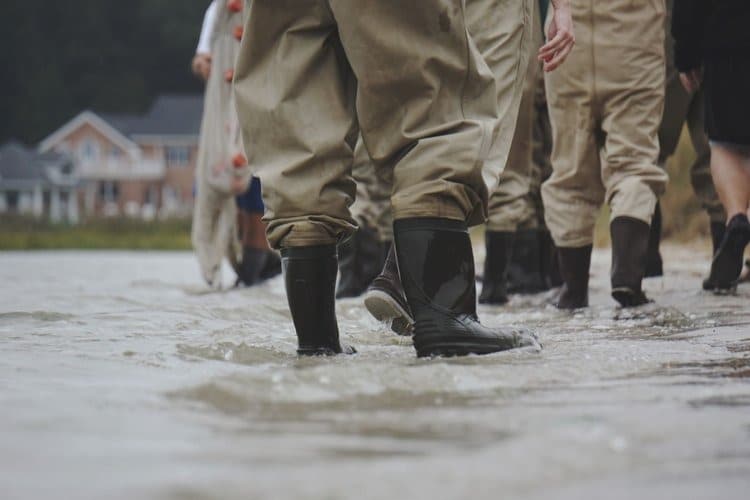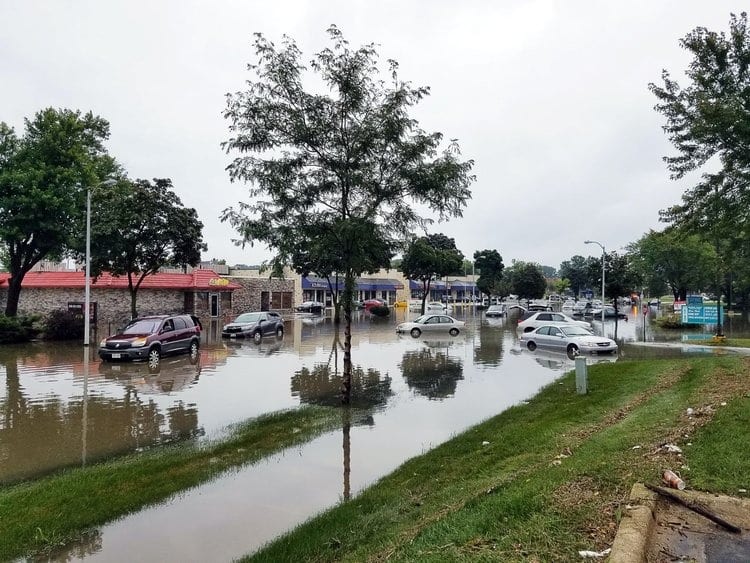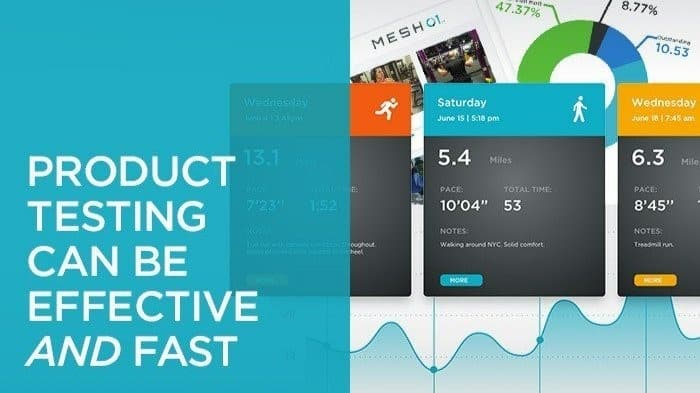One of the most common natural disasters is floods. The power of water can be unforgiving and destructive. Many countries around the world experience at least one major flooding event annually, which causes the devastation of properties and puts millions of lives at risk. The impact of flooding is equally devastating on businesses. Most small businesses are not prepared for flooding. As a result, they lose their expensive equipment, incur damage to their property, and lose precious operating time to nature’s power. This can have a financially and emotionally devastating impact.
While you cannot do anything to prevent this natural disaster from happening, there are several precautionary steps that your business can take to reduce risk and mitigate the effects of a flood. By taking these practical measures, you can ensure that your business is well-prepared to manage the risks of flooding. This saves you and your company the financial, emotional, and physical stress associated with such an event. Here is how you can protect your business from flood risk:
1. Know Your Flood Risk Zone & Conduct a Risk Assessment

The first thing to consider is determining if your business is located in a high-risk flood zone. Whether you have been running a business in the same area for years or moved to a new location recently, understanding your area’s flood risk is crucial. One way to access this information is to contact your local environmental agency or state weather department. Another approach is to utilize historical climate patterns to determine the future likelihood of extreme weather in your area. With historical precipitation data, you can determine your area’s future flood risk and conduct the necessary risk assessment.
This can help you plan for worst case scenarios and ensure you have the right insurance coverage in the event of flooding. Analyze how flooding may impact your employees’ mobility, warehouse stock and in house equipment. You’ll need to identify the proper tools, protocol, and systems to keep your business running during times of heavy rain. Go through the emergency response plan of your area and ensure it is up-to-date. Get information about filing insurance claims and what your insurance actually covers if a flood occurs.
Stay updated with the latest weather reports and flooding events in your region. There are plenty of area-specific weather resources available online.
2. Sign-Up for Flood Warnings
If you find that your business is located in a high flood risk area, you can opt into receiving free flood warnings from your local state agencies. The notifications will warn you if there is an imminent flood risk in your area. You can visit their local website or call their number to sign-up for the service.
3. Adopt a Proactive Approach

Any effort to minimize the damage caused due to flooding makes it easier for you to keep your business up and running as expected. When you know that your business is in a flood risk area, you can consider the following steps:
-
Invest in protective measures like flood-barriers.
-
Move your business inventory, equipment, and documents to a safe place.
-
Regularly back up your files and data.
-
Look for flood-resistant upgrades to your property.
-
Move electrical wiring and sockets to a higher level.
-
Install a non-return valve within your sewer pipes.
-
Learn about the base flood elevation level of your property’s lowest floor. If it’s below the elevation level, consider structure elevation.
4. Develop a Flood Plan
Flooding usually occurs at short notice. You don’t get enough time to plan your next move; therefore, having a clear and concise flood plan is crucial. It’s the responsibility of the business owner to build an effective flood plan.
This document should mention protective actions, critical contacts, your business map with points indicating service cut-offs, a checklist of easily accessible procedures, a list of activities you can instantly perform for evacuation, and protective materials like sandbags. Regularly review your flood plan to ensure that it’s up-to-date, especially if you have changed your business operations.

If your staff is not prepared for an emergency, it can create panic and chaos, resulting in more damage than anticipated. Ensure proper training for every staff member on proper flood safety processes. This enables them to take quick action and protect your business efficiently. Moreover, add the business flood plan into your employee handbook, so everyone can read it. Or, you can save it to your company’s shared online folder or drive.
6. Arrange Power Backup
Power backup can play a critical role in speeding up recovery time. Arrange backup power in advance. This will help you power up essential equipment that you need to resume your emergency flood prevention efforts and operate your business. You can consider arranging power to operate mechanical equipment such as an HVAC system as it helps reduce moisture levels and dry materials while inhibiting the growth of mold. Be sure to elevate all the power backup equipment to protect it from floodwater.

If your business is prone to flooding, you should have flood insurance in place. There are different types of insurance coverage available, including insurance for building and contents, event-based insurance, and business interruption insurance. It is recommended that you discuss your needs with your insurance company or agent and ensure that they have accurate information regarding your property. This helps you get suitable coverage that protects your property and business in the event of a flood and lowers your financial loss.
8. Create a Business Continuity Plan
To prepare your business for unexpected events, you should develop a business continuity plan. This helps your business operate during emergencies as well. Include the risk of flooding into your program. Although you can prepare yourself and your business when you get the weather warning, floors occur faster than you expect. With a business continuity plan already in place, you’ll know exactly what you should do, whom to contact and where to keep all your essential data and information. This can minimize the impact of flooding on your business.
9. Plan to Deal with The Aftermath
After you prepare your business to deal with flooding, you also need a solid aftermath plan to help you recover from the situation. Keep your list of key contacts, including important customers and service providers like a flood damage restoration service, insurer, staff, etc., at hand. Plan your work after the event when your premise is not accessible. You can ask people to work from home or an alternate location. You can also consider implementing network security measures to secure important documents and files online. Additionally, you should arrange psychical security in advance to protect your business from the looters afterward.
Flooding is a natural phenomenon and is inevitable. You cannot completely control it, but with thoughtful measures and by developing a contingency plan, you can considerably reduce its impact on your business and save yourself from substantial financial losses.










